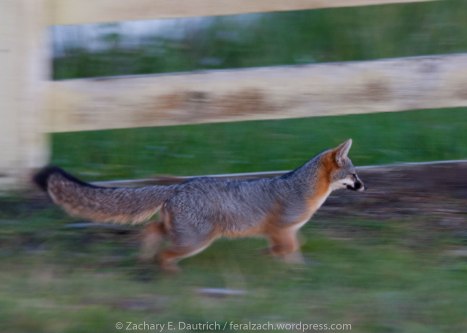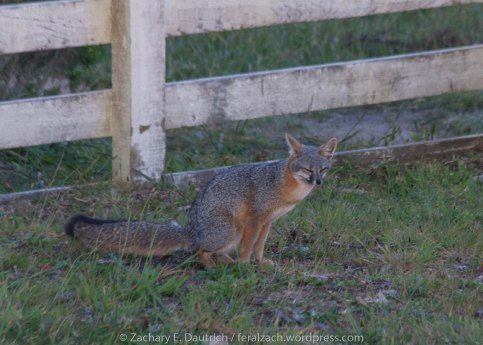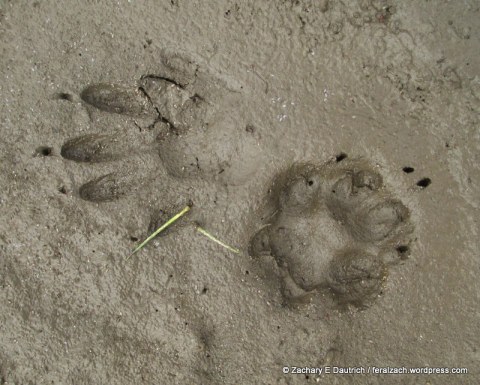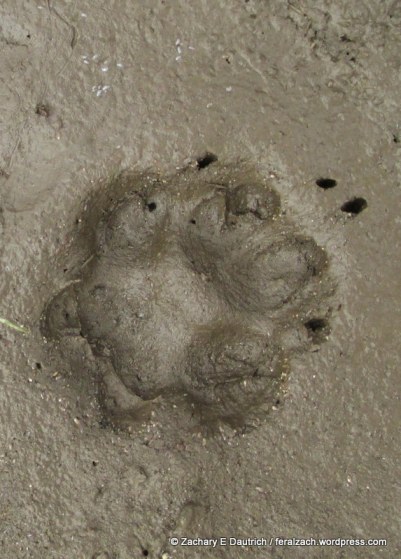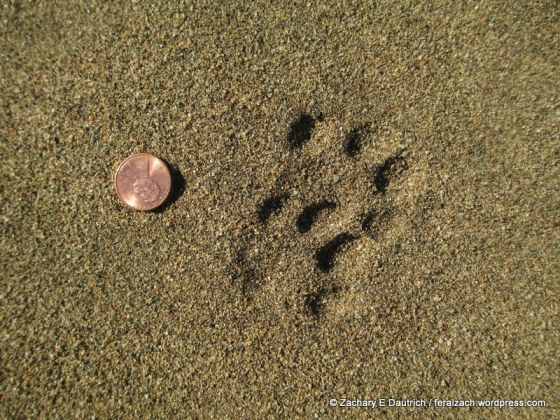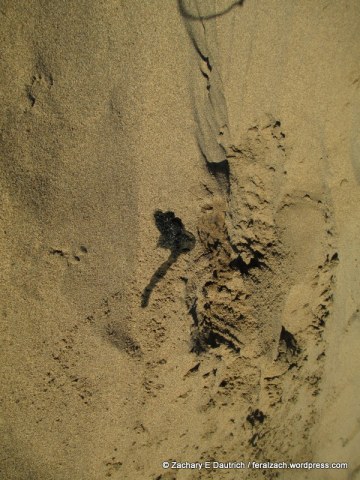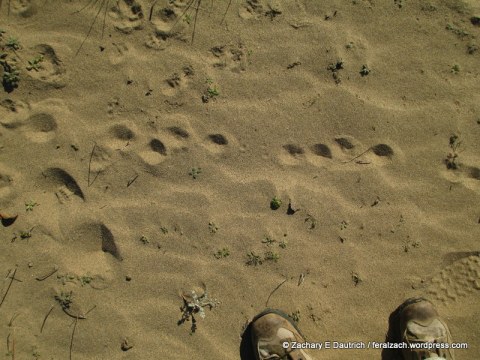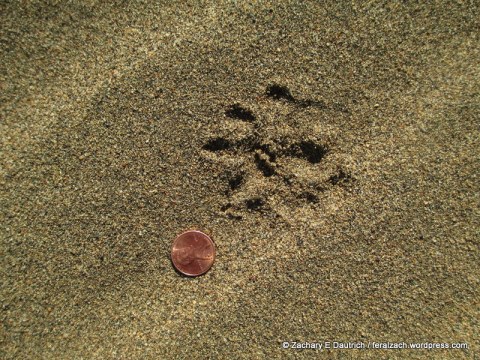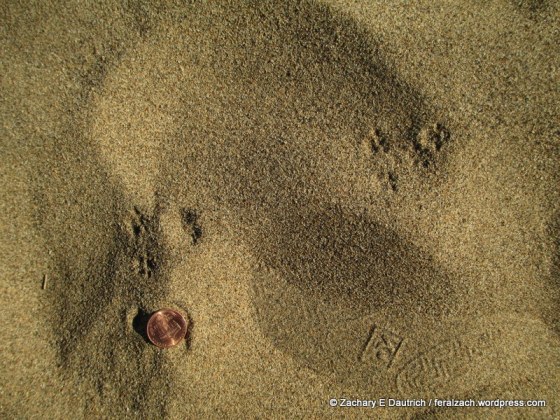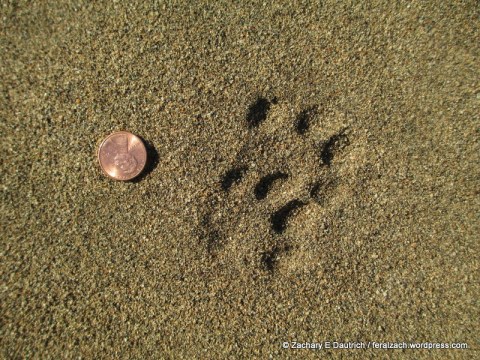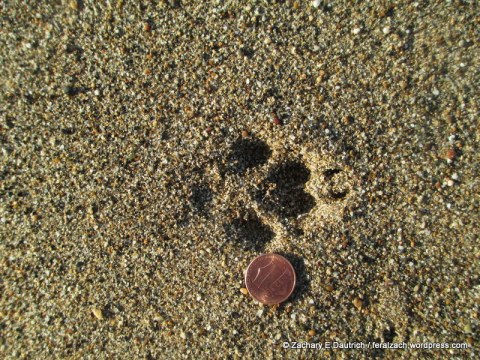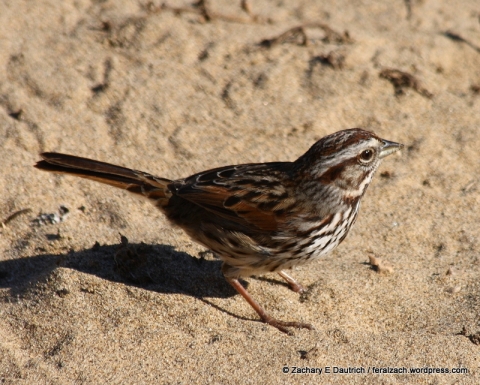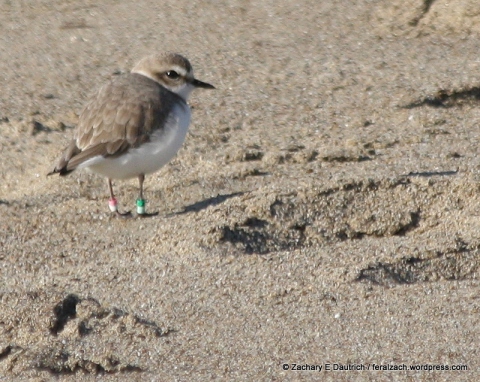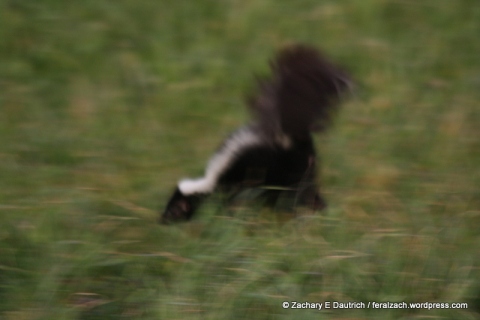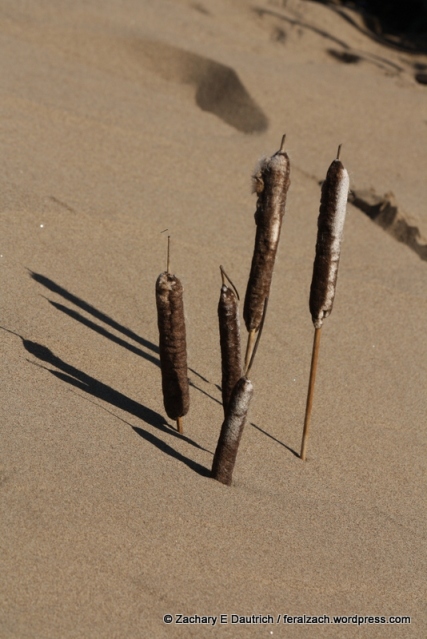canine track id study

the other week during a wander with my friend and mentor Jim Sullivan (see his website and tracking class offerings here) – an amazing tracker, naturalist, and all-around brilliant fella – and other great trackers like Ginger; we had a suburb opportunity to see some canine species’ track diversity laid out before us. it’s not often you get to see four canine species’ tracks together in decent substrate. identifying the differences between them can often be very challenging, so any chance to see any of their trails, also in varying substrates, is incredibly illuminating. to get to see all of them in one day avails an incredible study opportunity.
coyote vs red fox vs gray fox vs domestic dog – it is a study that is always ongoing for me, especially with partial tracks and trails. these species don’t always overlap geographically, and even if they do, often their seasonal movement patterns don’t overlap in such a way that you can see their tracks together, especially in one day. sometimes it is very obvious the difference, but sometimes it can be confusing given the right circumstances.
 gray fox track / Bodega Bay area Sonoma County CA
gray fox track / Bodega Bay area Sonoma County CA
 small red fox track (likely non-native species, on left) and western coyote track (right)
small red fox track (likely non-native species, on left) and western coyote track (right)
 red fox (R) and western coyote track (L) / track plates copyright Mark Elbrock’s book
red fox (R) and western coyote track (L) / track plates copyright Mark Elbrock’s book
the red fox tracks we found were on the small end of the spectrum – there was some debate about id due to the size. it was at the small end of the red fox size spectrum (and at the large end of the spectrum for gray fox), especially upon initial (eye-ball) inspection. but further analysis (and healthy, civil debate among accomplished trackers) left us concluding red fox. context, the full trail, and multiple tracks often help in track id. actually it’s often about context. having the chance to see full trails, and the way the tracks vary within each substrate, really help in honing the ability to discern one species from the other in the future when there is only a partial track or trail.
 a snippet from my journal analysis of red fox vs coyote 2015
a snippet from my journal analysis of red fox vs coyote 2015
drawing and journaling is a great way to solidify the memory of ideas and patterns in the ol’ brain.
great day
2015 apr 4 foxy lady
gray fox @ point reyes national seashore CA
ATTITUDE. marking territority, not so concerned with us. on a mission to mark its space before the rains.
passersby in the night
Both tracks look like front left for each animal, which is pretty cool. Amazing detail in the fox track, you can see the hair impressions in the mud silt – also, it’s not often that the claws register (gray foxes have semi-retractable claws and are able to climb trees).
Point Reyes tracking day
Ahh, where to begin. This post has taken me a long time to get up because one day of tracking can yield volumes of stories and tales!
Our day at Abbott’s Lagoon a few weeks ago began with a morning of warm sunshine, after a few days of very cold temperatures and rain – as we started out towards the sand dunes near the beach we saw quite a few black-tailed mule deer in groups of over ten individuals. There was a herd of males of all different ages in an adjacent field, their antlers varying from sprouts to full racks. They seemed to be frolicking in the warm sun, play sparring and hopping around each other like fawns on a beautiful spring day. What really caught our eyes though was another group of deer to our north … one of them was standing guard to the west and not even our presence took this doe’s attention off something towards the eastern lagoon. Her behavior queued us in to another presence that warranted her attention more than humans. It had to be a predator.
As her group grazed, she seemed to be doing some tracking of her own. We decided to see what it was that garnered such focused attention, and we moved quietly across the chaparral to investigate. As we moved west, the look-out deer finally broke her sentry post and they all moved on to the east. We didn’t see what had attracted her attention, so we started to investigate the area where the deer were grazing to see what was for breakfast. As we moved west through the brush though, our efforts were rewarded as the hard ground gave way to add a character to the story by yielding a single clue … a fresh bobcat track in some soil upturned by a gopher!
We were able to trail it for a distance, the fresh tracks sometimes not visible at all, occasionally popping out for us to see in some loose soil after losing the trail for 20 feet at a time. With great reluctance after trailing the cat for 500 yards, we abandoned our search to see the maker of the tracks to continue on our journey towards the dunes. I would be rewarded later though …
Once at the sand dunes, we saw an explosion of activity that indicated many animals were eager to be out after so many days of cold and/or rain. Another bobcat made some nice trails, along with black-tailed mule deer, river otters, coyotes, gray fox, great-blue herons, ravens, deer mice, beetles, brush rabbits, skunks, opossum, raccoon, and more. There was a lot of skunk sign, and we postulated that they were very active after a short period of torpor (similar to hibernation) that left them hungry and in search of mates. Deer mouse sign was also everywhere, their small tracks making trails all over the dunes.
The evidence of another saga soon played out on the sand dunes before me – a bobcat trail that showed what I determined to be a recently captured brush rabbit. The trail had drag marks that extended under the cat for 30 yards to a spot where it did tight circles as it either made the final kill or adjusted the prey in its jaws, then sat for a bit. The trail went on then for 20 yards up into some dune grasses where there were bits of rabbit fur and presumably the cat ate its meal.
This particular area usually is thick with coyote sign, and seldom have we seen gray fox sign here – but this day showed evidence of at least one fox that had traveled with purpose around the whole area. The tracks are dainty next to the many coyote tracks, and I was excited to see find the trail.
I trailed one of them for half a mile down the beach, its tracks following the vegetation line at the edge of the beach, at one point going down into the surf area where the water washed away its paw prints at the last high tide before it veered back up to continue on its journey north towards Kehoe Beach (where their sign is much more prevalent according to others familiar with the area). It was a very purposeful gait, seldom stopping to investigate the ocean flotsam along the shore. What spurred this fox on an unhurried yet purposeful journey on the beach? The search for a mate? A territorial scouting mission? Food? It will be interesting to see if there is more sign in the future or if the foxes will remain more north towards Kehoe beach after this.
At one point as I backtracked one of the bobcats, I was excited to catch sight of an American bittern hunting in the floating vegetation on the edge of the east lagoon. Among the live animals I saw this day were great-blue herons, ravens, gulls, two snowy plovers (a very endangered species), red-tailed hawks, white-tailed kites, northern harriers, turkey vultures, yellow-rumped warblers, black-tailed mule deer, a peregrine falcon and …
… a bobcat!
Good stuff.
The dunes are ever-shifting, they can be an amazing palette for animal tracks or the tracks of the wind, giving a brief glimpse at the stories played out in the hours before. But the winds eventually wipe the slate clean like words fading on a page, as the dunes make their own tracks across the landscape.

